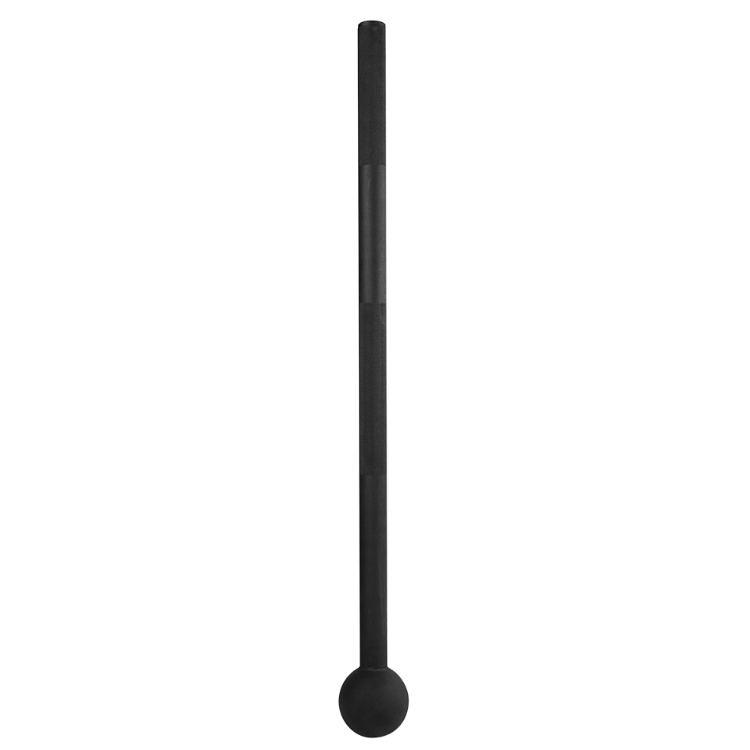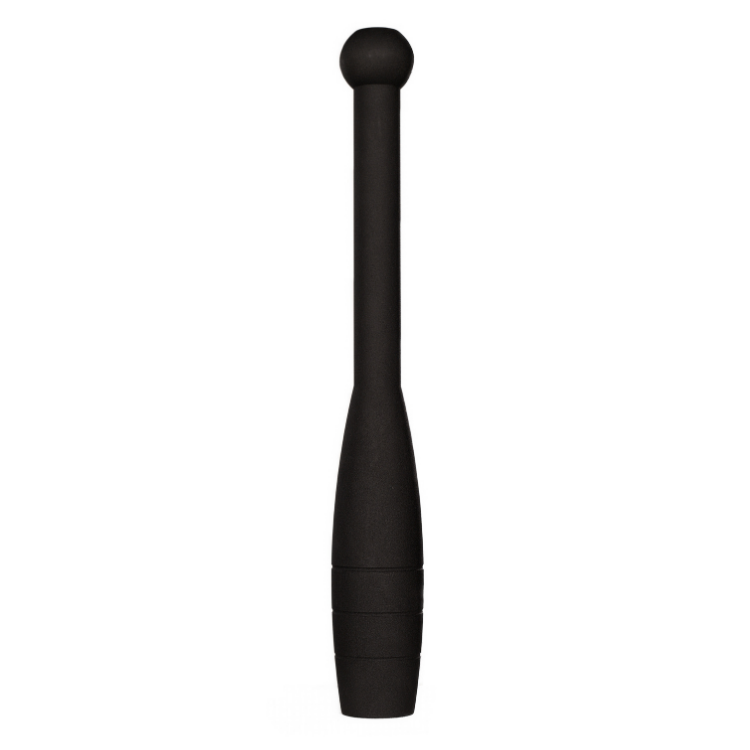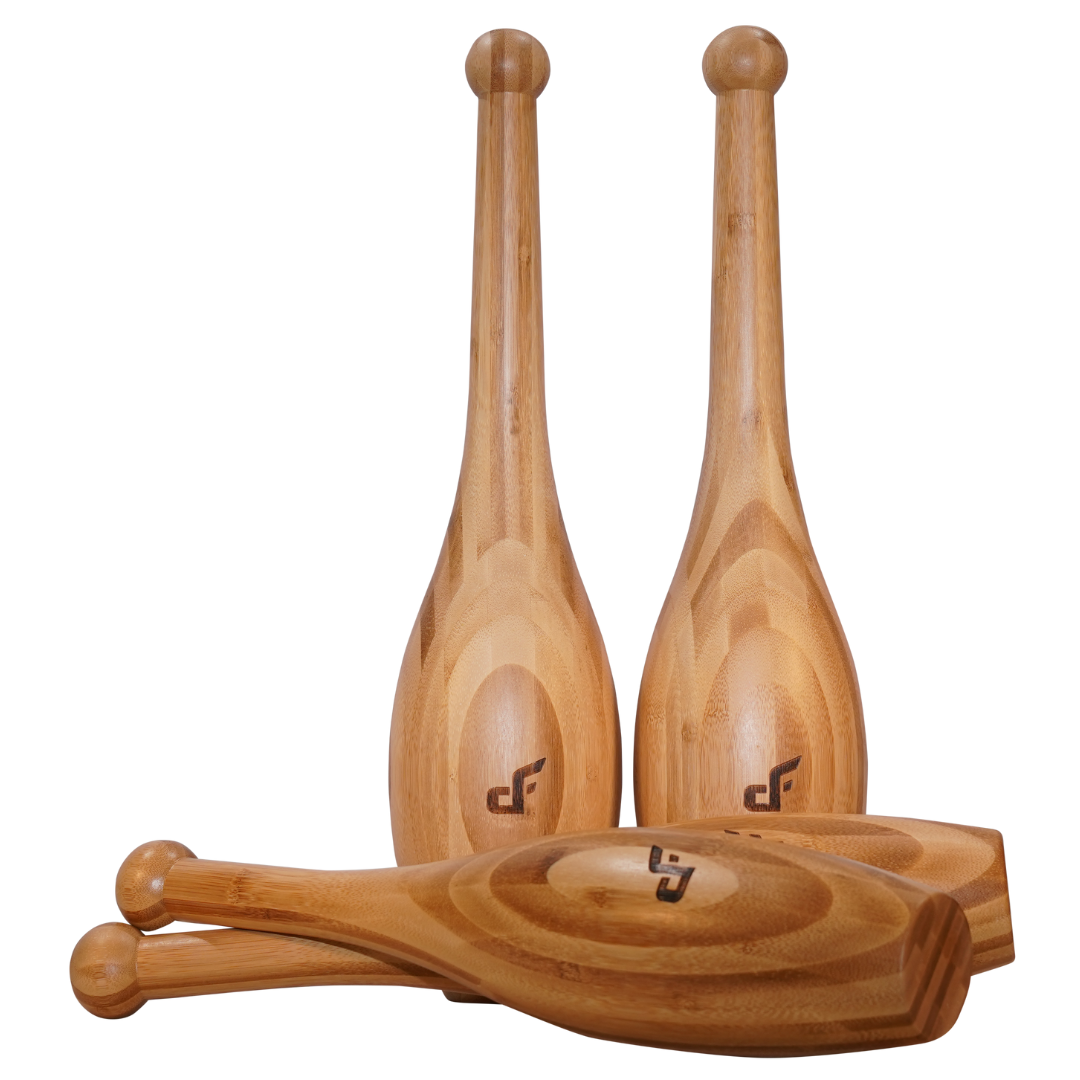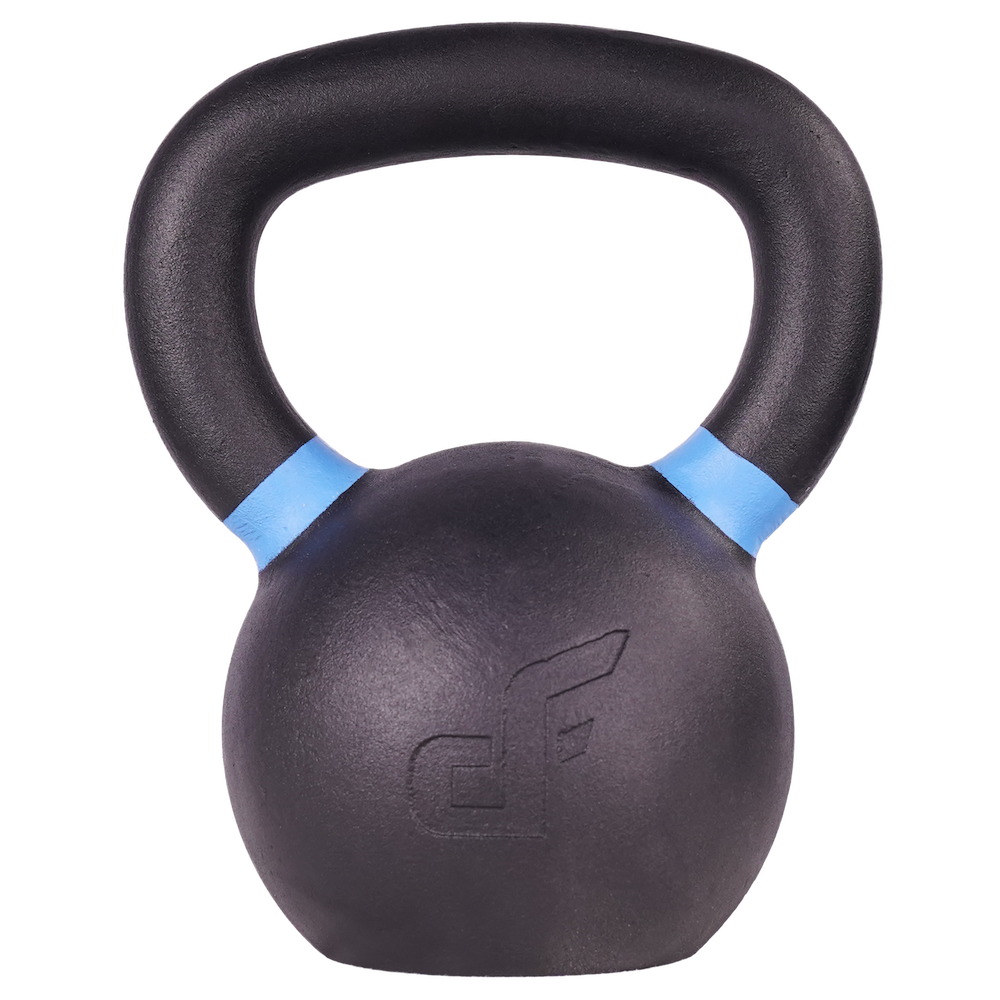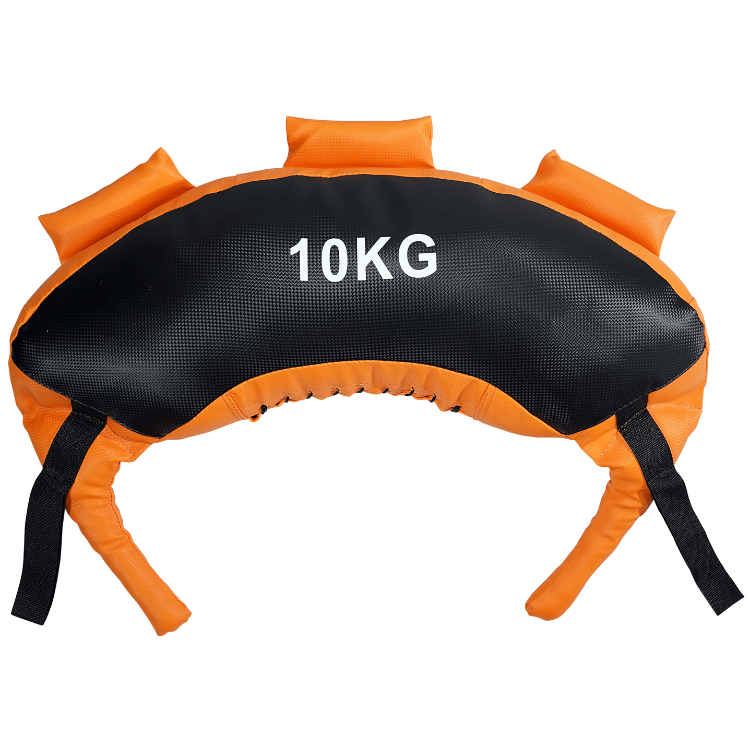Battle ropes are an incredible training tool. They’re portable, cheap, easy to use, simple to store, high intensity but with low risk of injury and offer a huge range of fitness benefits.
The popularity of battle ropes has seen a huge rise in recent years because they have many distinct advantages over other training tools and people from all walks of life can benefit from using them.
The goal with battle rope training is to send fluid, consistent, rhythmic undulations through the rope and towards the anchor point. This is done with co-ordinated movements through the arms and shoulders with the core stabilising the trunk.
Something unique to battle ropes is that you receive instant performance feedback, you don’t need a coach or a video to tell you how well your performing, just watch your rope.
If the wave isn’t reaching the anchor point, then you’re not producing enough force. If there aren’t multiple waves in the rope, then you’re working too slow. If your waves are choppy, you need to be more fluid in your movements.
Depending on how you grip the rope, position your body and move the rope, all of the body’s major muscles can be targeted making them an excellent full-body workout.
Throwing in lower body exercises like squats and lunges is a sure way of hitting the legs and core and an excellent workout that challenges both the upper and lower body simultaneously.
Battle ropes strengthen many of the small intrinsic muscles of the body including the rotator cuffs (of the shoulder) and the core stabilisers (of the torso).
These muscles groups are vital for optimum performance and are oftentimes neglected in many traditional strength training programs.
Every time you move your hand away from your body whist holding a weight, a huge amount of force is placed on the shoulder joint. To stabilise the offset load your core stabilisers switch on to maintain balance and keep an upright posture.
This dynamic core stabilisation builds a strong body that can create and transfer power from the lower body to the upper body and vice versa.
Generating power is the ability to create and transfer force which is the foundation of enhancing athletic performance.
Whether your sprinting, striking an opponent, swinging a bat or throwing a ball, the more force you can produce the better you are at performing those tasks.
Battle rope training develops power in multiple planes unlike traditional strength training that lend themselves to a more linear path.
Furthermore, the undulations of the rope forces your body to resist (pull against) the forward momentum as well as resist the gravitational pull (weight) of the rope itself.
This dual resistance requires the anterior and posterior muscles of the body to engage in unison to control, stabilise and move the ropes.
This way of training the core muscles builds excellent core stabilisation that can transfer force from the legs through to the arms like when performing a jump or throwing a punch.
Speed and power development isn’t just for athletes, it’s necessary for people in all walks of life. Improved power development increases the rate at which your muscles contract. The faster your muscles contract the better you are at moving in general or reacting to a sudden situation such as slipping or falling over.

